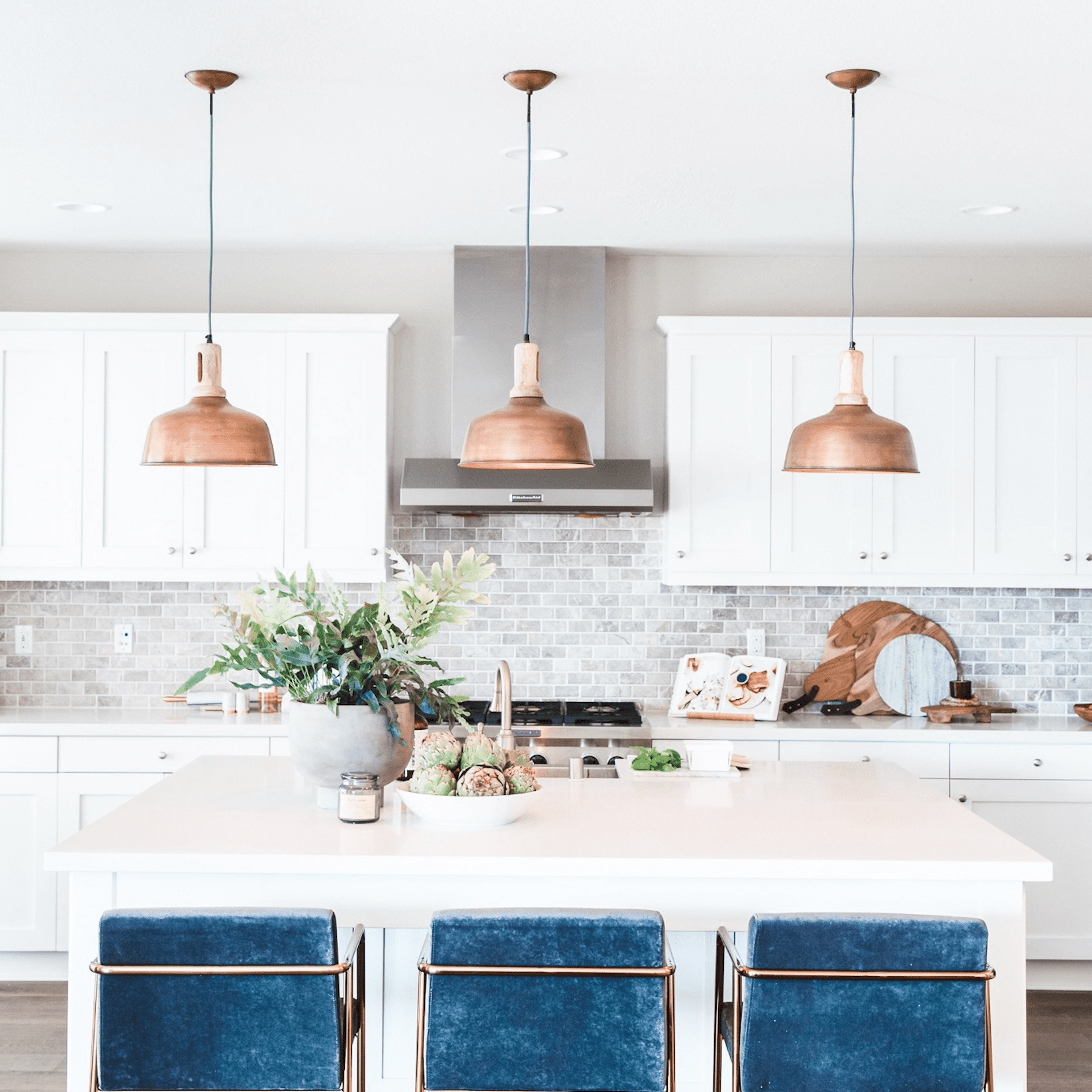Introduction
BMW is a luxury car brand that has always been known for its high-quality features and advanced technology. One of the most important features of a car is lighting, and BMW ceiling lights are no exception. The ceiling lights in a BMW car provide essential illumination and also create a unique atmosphere inside the car. In this guide, we will take a closer look at BMW ceiling lights, their types, and how they work.
Types of BMW Ceiling Lights
There are various types of BMW ceiling lights, and each serves a specific purpose. Here are some of the most popular types of BMW ceiling lights:
1. Ambient Lighting
Ambient lighting is one of the most important features of BMW ceiling lights. It provides illumination to the interior of the car and creates a relaxing atmosphere. BMW offers a range of colors and brightness levels for the ambient lighting, allowing the driver to personalize the lighting based on their taste.
2. Reading Lights
Reading lights are small and easily adjustable lights that are typically positioned above the driver and passenger seats. These lights help passengers read comfortably while driving at night.
3. Vanity Mirror Lights
Vanity mirror lights are positioned above the vanity mirrors in the sun visors. They help the driver and passengers look their best by providing illuminating lighting for makeup application, hair styling, and other similar activities.
4. Door Panel Lights
Door panel lights are located in the car doors and provide illumination whenever the doors are opened. These lights help passengers find their way in and out of the car, and also add a stylish touch to the car’s interior.
How BMW Ceiling Lights Work
BMW ceiling lights are powered by the car’s electrical system. When the driver turns on the car’s ignition, the lights are automatically turned on. It is also possible to manually turn the lights on or off using the buttons on the car’s control panel.
Most BMW ceiling lights use LED technology, which is highly efficient and long-lasting. LED lights use less energy than traditional bulbs, which means they last longer and require less maintenance.
